How the medical industry adopts сryptocurrency
Check out our new platform — https://thecapital.io/
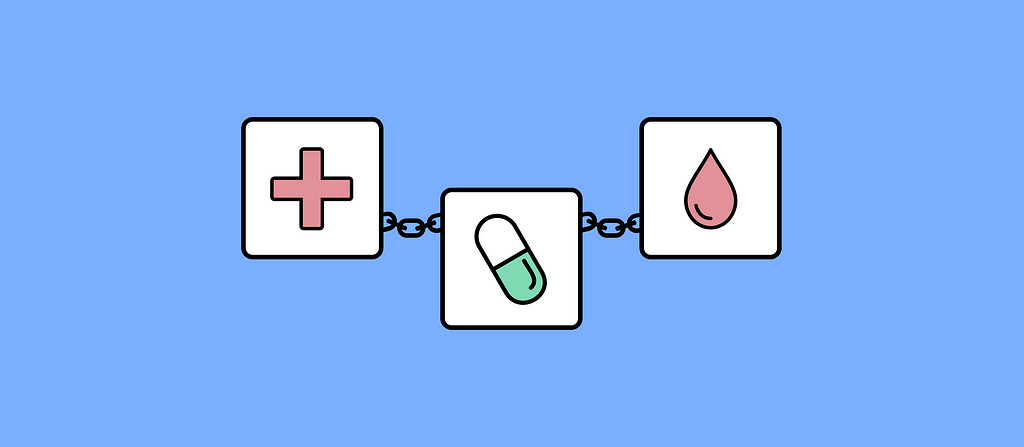
Now there is so much talk about cryptocurrencies and related blockchains that it seems they will be used in almost any process soon. This technology, of course, has limited use and it is not suitable for everything, but it is widely distributed and makes life easier for people. Today we will talk to you about the value of blockchain and crypto in a healthcare system. Let’s look at different cases that manage to prove it.
Supply chain
The supply chain is the easiest way to use blockchain in healthcare. For example, tracking common medications or drugs containing narcotic substances that are subject to special control. About 30% of medicines in circulation worldwide are counterfeit and kill up to a million people every year. At the moment, when buying medicine, you can ask for its certificate but an unscrupulous seller can easily fake it. Thanks to the introduction of the blockchain, we can always see who exactly was given medicines, how many of them are required, and so on. Once Information saved there, it cannot be changed or deleted. And this is its huge advantage over the database, in which data can be easily falsified and even the fact of making changes hidden.
FarmaTrust has created a platform that helps people find out where their medicine comes from. This blockchain solution allows everybody to track the production, delivery, and sale of medicines all around the world. The FarmaTrust app is also useful for consumers who want to specify if their medications are safe or not. The system prevents counterfeit medicines from entering the pharmaceutical supply chain and allows manufacturers to track their medicines across borders.
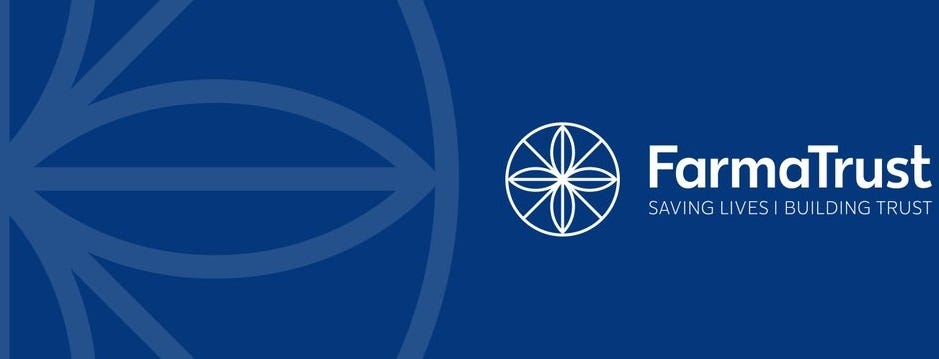
Patient database
Now all data about vaccinations and all medical records are stored in electronic databases of clinics. Users do not have any control over what happens to their medical cards. Roughly speaking, their data may be transferred to third-party organizations or lost as a result of a system failure or relocation of medical facilities. In this case, if all the information was in the blockchain, everything would change dramatically. Thanks to the new technology, we can imagine the implementation of an application that allows the patient to provide access to their data to their doctors or research organizations. In this case, the patient would be responsible for third-party access to their medical records, and it would be completely transparent to them who use their data and how.
Several organizations are currently considering creating such a database. For example, the American SimplyVital Health has developed a system that allows making the exchange of patient data between several clinics. At the end of 2017, the company announced the development of a new, larger infrastructure system. Another company based in the US, Patientory, is also dealing with this issue. About a year ago IBM Watson Healthcare announced the beginning of research on the use of blockchain to transfer the personal data of cancer patients, but the case is still under development.
Smart contracts for insurers
Smart contracts are mini-programs inside the blockchain network. They perform a specific set of actions depending on the triggers that they receive as input. Usually, in an insurance case, people need to go through the instances, collect signatures, and wait for a long time to get the payment. If the information is stored in the blockchain, then most of the processes can be automated. As soon as the records get into the chain, the smart contract checks whether all the conditions are met, and allows to make a payment. If there is not enough information, it requests additional research on the situation. This mechanism now exists only in theory and is vividly discussed in professional communities.
Above, we talked about the theory and developing ideas, and now let’s turn to real-life crypto projects that deal with the medical sphere and healthcare cryptocurrency, issue its coins and try to show the best results.
Doc.com (MTC)
Doc.com is a brand new global medical service platform available to everyone. It is based on the idea of free medical services provided by a personal doctor. One of the goals of the project is to provide customers around the world with a certain level of free medical care. This is achieved by integrating advanced technologies with traditional medical expertise based on the blockchain. The project has been working since 2016. During this time, a network of on-call doctors working around the clock in more than 20 countries has been formed.
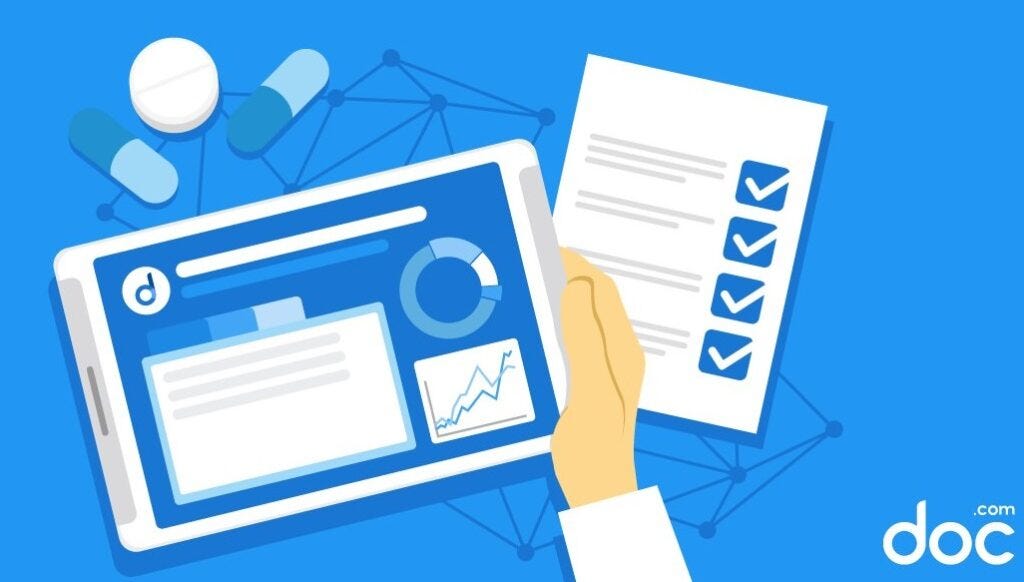
Patientory
Patientory is a system for storing and managing medical data. Data can be accessed using the app. Patientory connects to any EHR system and allows physicians, healthcare providers, and consumers to interact. The platform issues its PTOY tokens. In exchange, users can rent memory space for medical information and make payments and transactions under smart contracts.
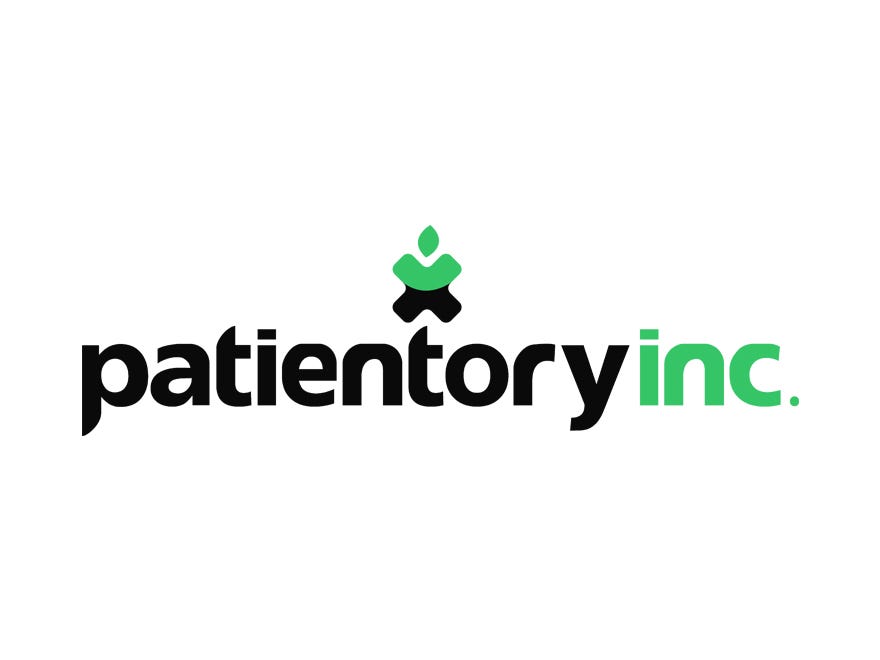
Solve.Care
Solve.Care aims to bring patients and doctors together on a single blockchain platform to reduce treatment costs and make it more effective. This is the link between patients, public and private medical institutions, insurance organizations, and medical service brokers. To manage their own healthcare cryptocurrency and make decisions, the patient must install a Care.Wallet and Care.Cards app on the smartphone. Through the app, people can make an appointment, get advice, track their expenses, and use all the features of the platform. For this, the users pay to Solve.Care 10% of healthcare expenses through internal SOLVE tokens.
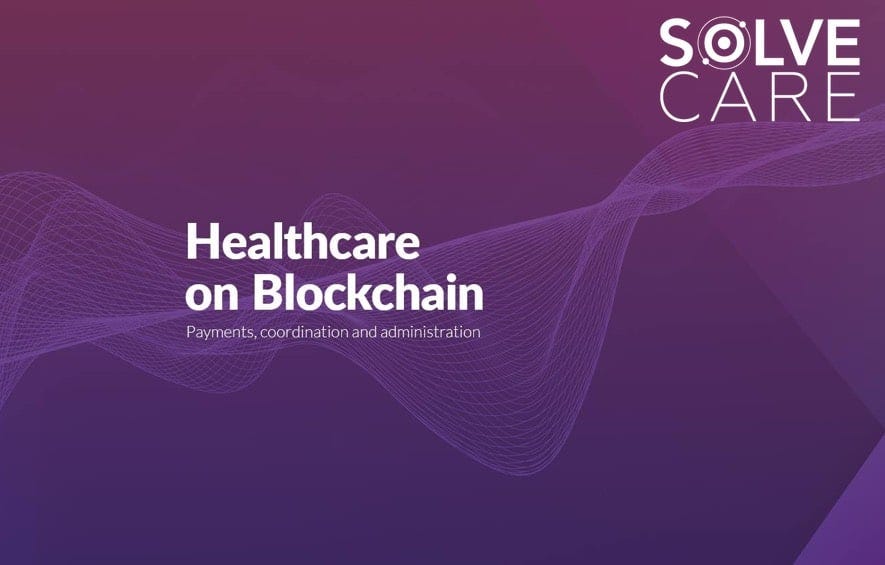
MedCredits (MedX Protocol)
MedCredits.io (now the project is renamed to the MedX Protocol) is the decentralized network of healthcare services built on the blockchain. It allows patients to connect physicians worldwide. For example, a person can send a photo with a problem skin area and a description of the disease to a medical professional for a small fee. MedCredits is built using Ethereum smart contracts. This means that payments between the doctor and the patient are made automatically, so there is no need for third parties and intermediaries. This allows patients anywhere in the world to access medical care.
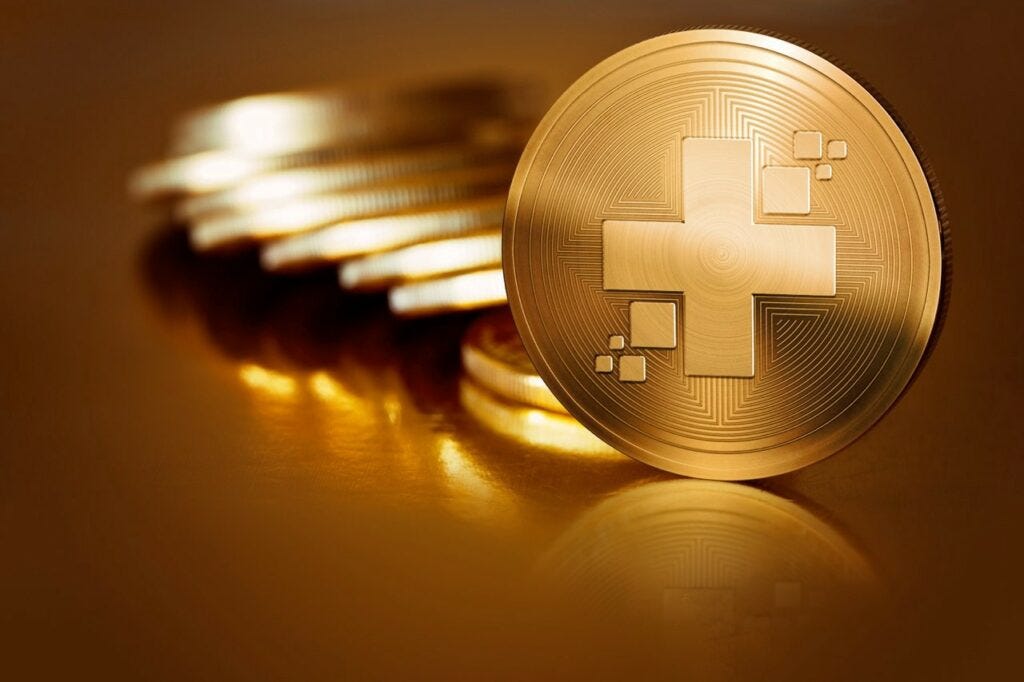
Medibloc
The Medibloc platform is positioned by developers as an information platform for providing direct interaction between patients and doctors, as well as manufacturers and researchers. Its decentralized structure and immutability of input data allow to create a single database for all patients. Access to it is granted to the owner and not to third parties or institutions. The concept of using the Medibloc platform is simple — the system creates a single document containing the entire medical history of the patient. For treatment, it provides access to this information to the doctor — no additional certificates, fees, and procedures are required. The Medibloc cryptocurrency is focused on internal functionality, a system of dividends, and rewards. It is also represented on the stock market, acting as the project’s shares.
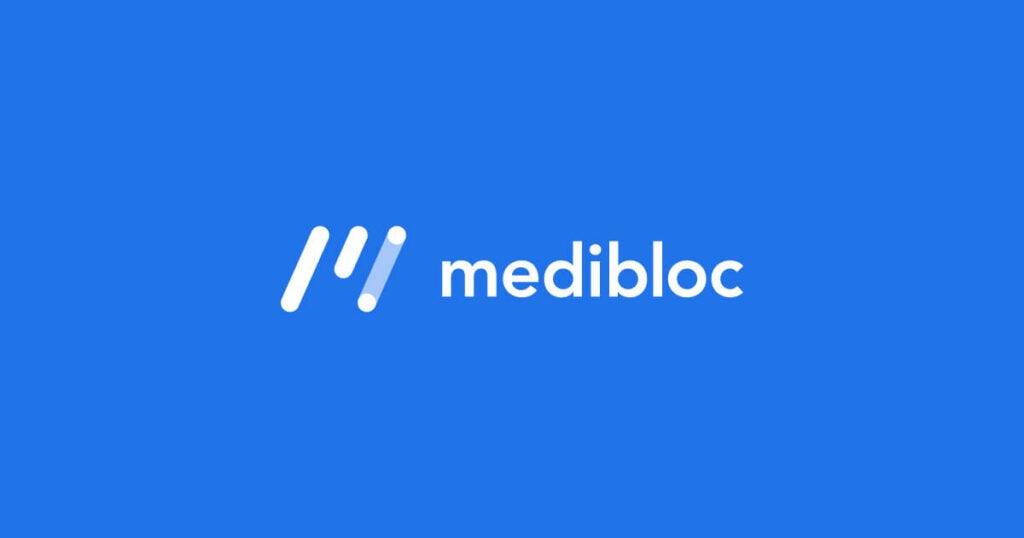
We have reviewed the most interesting projects that are engaged in the development of blockchain in medicine, simplifying our life in the healthcare sector. Every year, blockchain opens up the boundaries of available technologies to us more and more widely. The world does not stand still and perhaps soon, the crypto sphere will surprise us with something new and progressive again.
Feel free to follow our updates and news on Twitter, Facebook, Reddit and Telegram.
Read what the customers say about SimpleSwap on Trustpilot.
Don’t hesitate to contact us with any questions you may have via
support@simpleswap.io.
Originally published at https://simpleswap.io on September 1, 2020.
https://twitter.com/thecapital_io
Blockchain in Healthcare was originally published in The Capital on Medium, where people are continuing the conversation by highlighting and responding to this story.
from The Capital - Medium https://ift.tt/3i0UhqH
0 Comments